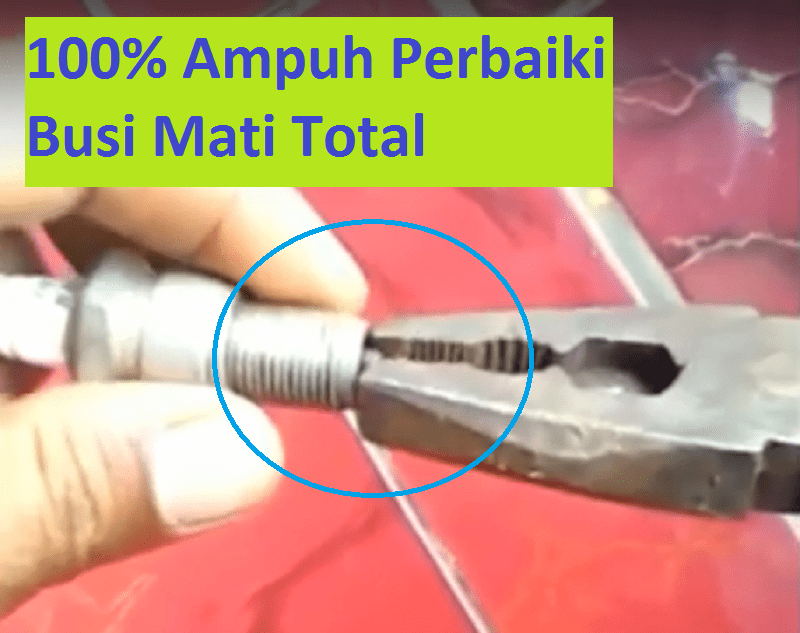Males Baca – Spark plugs are crucial components of a vehicle’s ignition system, whether it’s a car or a motorcycle. If a spark plug is faulty or weakened, the engine may not start properly—or worse, it might stall during your trip. That’s why knowing how to fix a dead spark plug can be a useful emergency skill before you’re able to replace it with a new one.
Ideally, a dead or damaged spark plug should be replaced immediately to ensure optimal vehicle performance. However, in an emergency, there are a few quick methods that might help you revive it temporarily. Here are some common signs of a failing spark plug and how you can attempt a temporary fix.
Daftar Isi:
Signs of a Weak or Dead Spark Plug
Before a spark plug fails completely, there are several warning signs you can watch out for:
1. Hard to Start the Engine
If your car or motorcycle struggles to start, a faulty spark plug might be the culprit. A weakened spark plug can’t generate a strong enough spark to ignite the air-fuel mixture in the combustion chamber.
This often occurs when the plug is worn out or covered with deposits like carbon or oil. If the engine is especially hard to start when cold, it’s very likely the spark plug is to blame.
2. Reduced Engine Power
If the vehicle feels sluggish or unresponsive when accelerating, the spark plug may not be firing properly. Incomplete combustion due to a weak spark can cause a noticeable drop in engine power. This is especially evident when driving uphill or trying to accelerate quickly.
If ignored, this issue can impact driving comfort and may even lead to sudden engine failure.
3. Increased Fuel Consumption
Poor combustion caused by weak spark plugs can lead to higher fuel consumption. When the spark isn’t strong enough, some of the fuel remains unburned, forcing the engine to consume more fuel to maintain performance.
This not only makes your vehicle less fuel-efficient but also contributes to higher emissions.
4. Dark or Wet Spark Plug Electrodes
Inspecting the spark plug’s tip can also reveal its condition. A healthy spark plug usually has a light brown or brick-red color on the electrode, indicating proper combustion. A blackened tip suggests carbon build-up from an overly rich fuel mixture.
If the spark plug appears wet with oil or gasoline, it could signal a leak in the combustion chamber or poor combustion. In such cases, cleaning or replacing the spark plug is necessary to avoid performance issues.
2 Emergency Ways to Fix a Dead Spark Plug
If your spark plug is dead and you don’t have a spare, here are two emergency methods you can try to get your vehicle running again:
1. Burn the Ceramic Part of the Spark Plug
This technique is used to dry out spark plugs that may be soaked in oil or fuel. Using a stove flame or welding torch, carefully heat the ceramic part of the spark plug until it dries. Let it cool slightly, then reinstall it and attempt to start the engine.
2. Break the Ceramic Part of the Spark Plug
If drying the spark plug doesn’t work, the next option is to break the ceramic insulator. Though unconventional, this method can sometimes help restore basic spark function. After breaking the ceramic part, reinstall the spark plug and try starting the engine again.
Warning: This is strictly a temporary fix and should only be done in emergencies.
Repairing a dead spark plug can be a lifesaver in an emergency, but it’s no substitute for proper maintenance. Always replace spark plugs that show signs of wear or damage, and make a habit of checking and cleaning them regularly to keep your engine running smoothly and avoid unexpected breakdowns.
